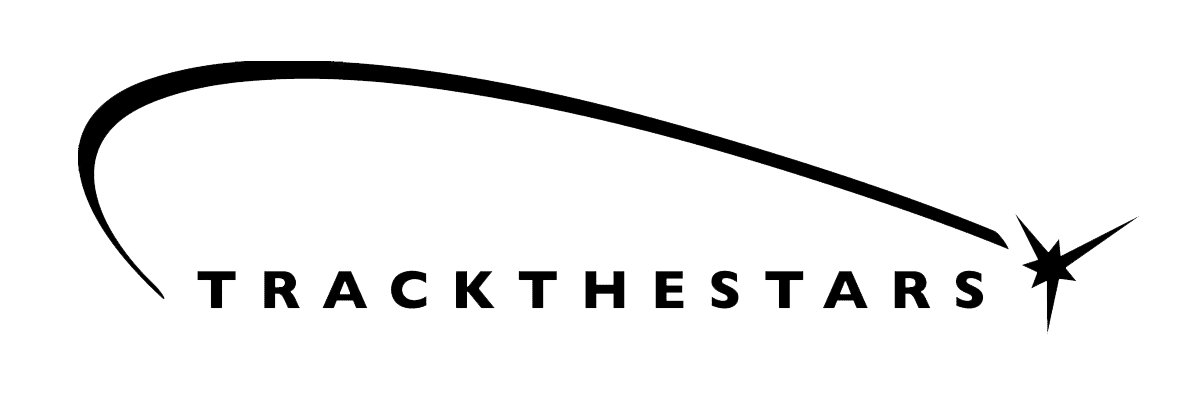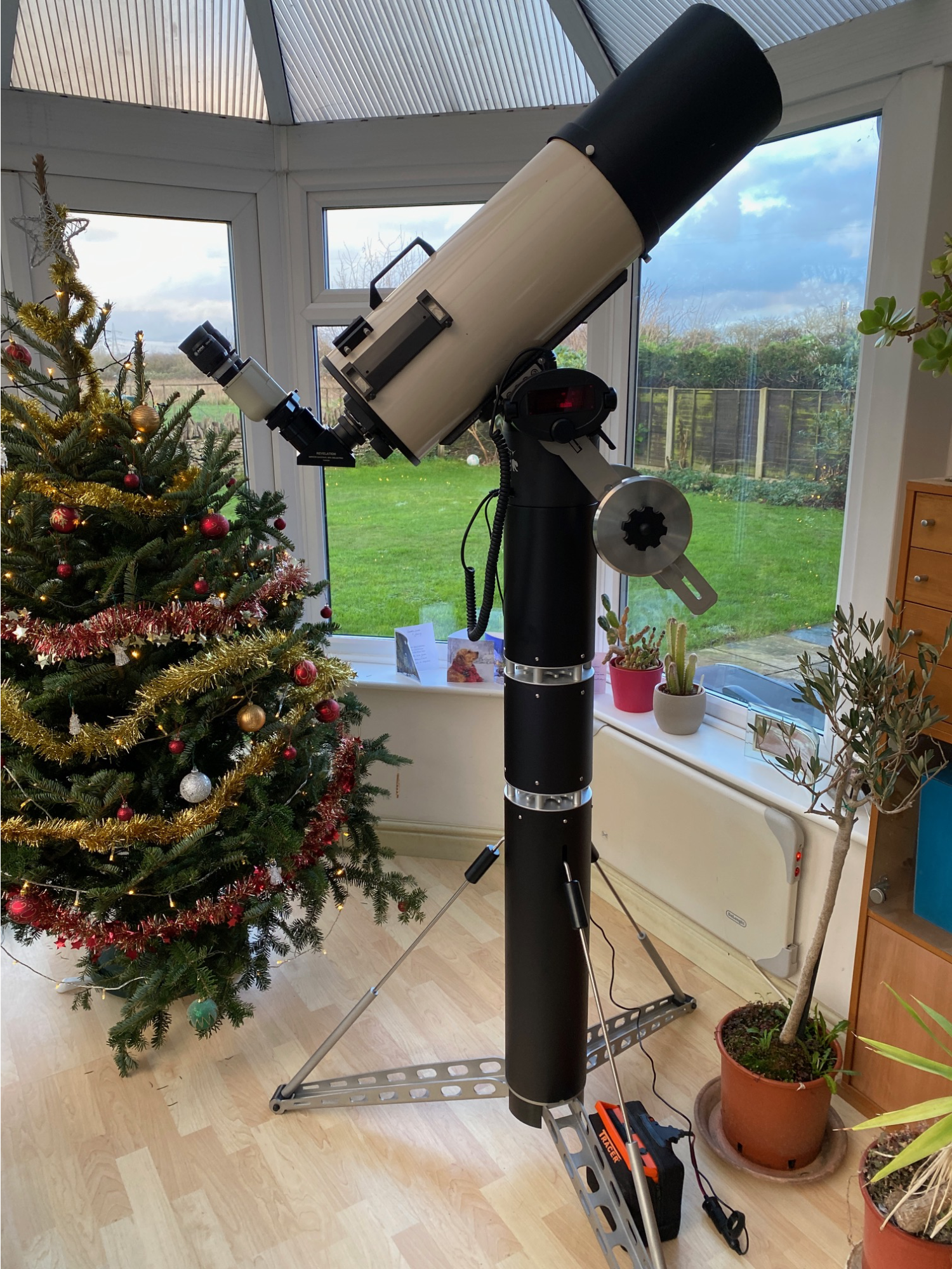User: Gareth, United Kingdom
Longterm GEM user converted by the TTS-160
By way of background, I am a visual astronomer who delights in viewing the feint fuzzies of the deep sky from the outskirts of Bristol, in the southwest of the UK. Also, as a Physics graduate and now aerospace engineer, I also like to experiment in various astro measurement projects, plotting light-curves of variables and calculating orbits and the like.
Since starting my interest as a young teenager, over 40 years, I’ve tried a variety of telescopes and mounts, settling on an APM 152 refractor and an Intes Mak-Newt MN76 for general ‘punting about’ or viewing open-clusters and an Intes-715 MCT or Celestron C11 SCT for hunting down nebulae and galaxies. For the last 20 years I’ve mostly used a couple of GEM mounts, viewing these as the only robust and reliable option for the ‘serious’ amateur astronomer. Also, I now mainly use a bino-viewer as I’ve found that I’m much more comfortable viewing with both eyes and so can spend much longer enjoying looking at interesting objects.
I was introduced to the TTS Panther about two years ago by my friend Steve Asbury (of ENS Optical in the UK) who enthused that it would “revolutionise my observing experience”. Frankly I was pretty sceptical as I regarded my venerable GTD Gemini-G41 equatorial mount, while basic, as extremely well engineered, solid, reliable and well adapted to my needs. However, I agreed to give it a try and Steve kindly lent me his personal TTS-160 Panther.
I was completely surprised by the TTS-160 experience – it is beautifully engineered, quick to setup/align, easy to use, and robust/reliable in operation. Even the control pad – which seemed pretty quirky and niche to start with – is well though through, has a comprehensive list of objects built in (negating the need for a PC to control the G41) , and is very practical to use in the cold and dark.
Beyond the generally well thought through design and quality of the engineering, the aspect that surprised me and did actually “revolutionise my observing experience” is the stable placement of the eyepiece/bino-viewer for this alt-az configuration! I no longer need to worry about the slew induced tube rotations causing my bino-viewer to strike the pier or to turn upside-down and so risk dropping to the ground.
The upshot was that Steve never got his Panther back and he kindly let me buy it from him. Nearly two years on, it remains quick to get out and have fun under the stars. My plans for this coming year (2024) are to have a more serious go at EAA and/or short exposure AP.
Niggles – nothing in any way substantial; the only thing I have found mildly irksome are the screws with small metal ‘flaps’ used on the jaws of the dovetail clamps as these can be hard to tighten-down with gloves on.
– Gareth
Join the User Group for more reports like this!


